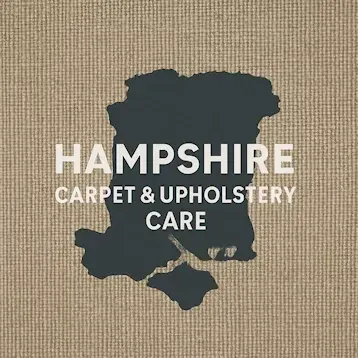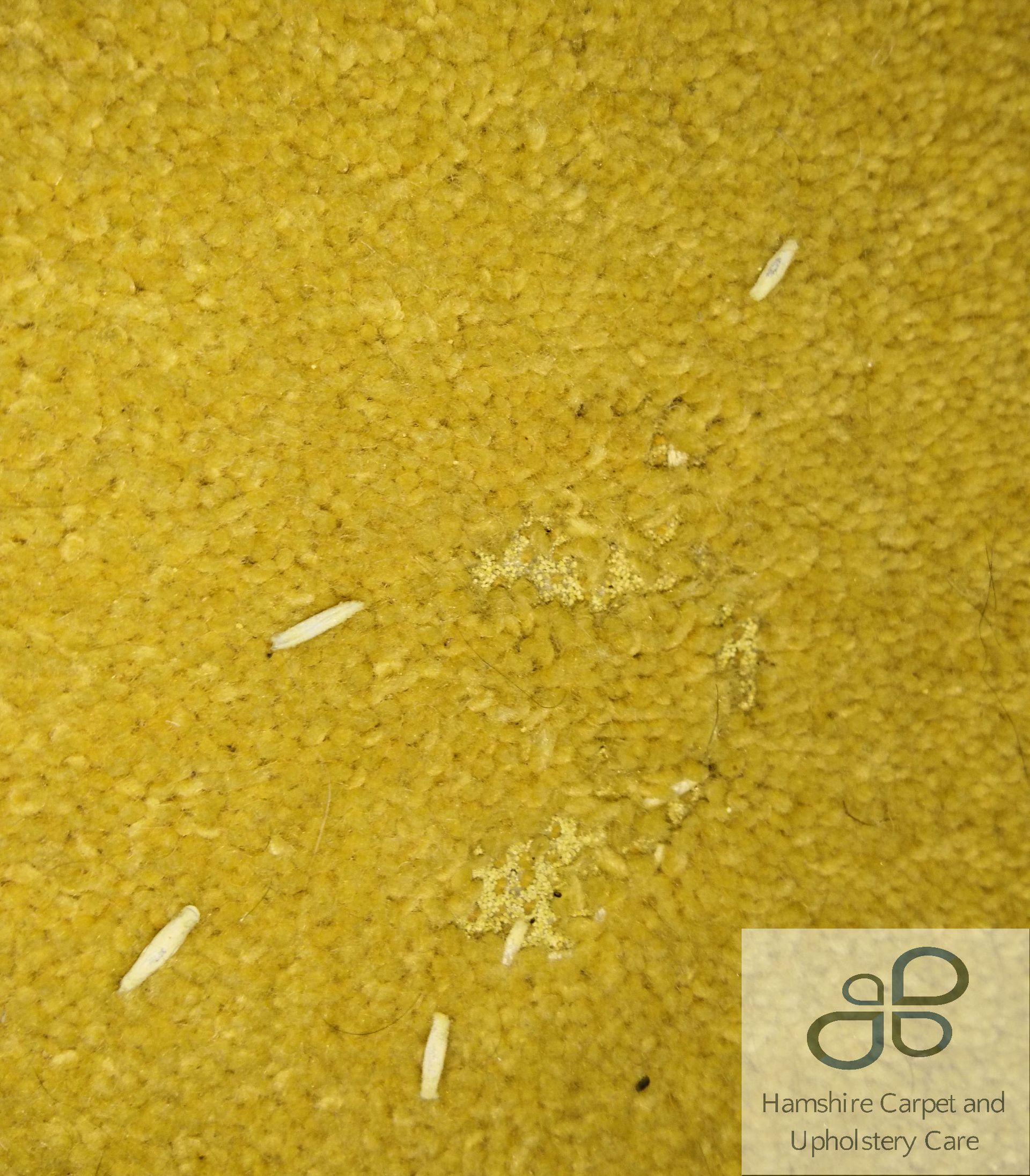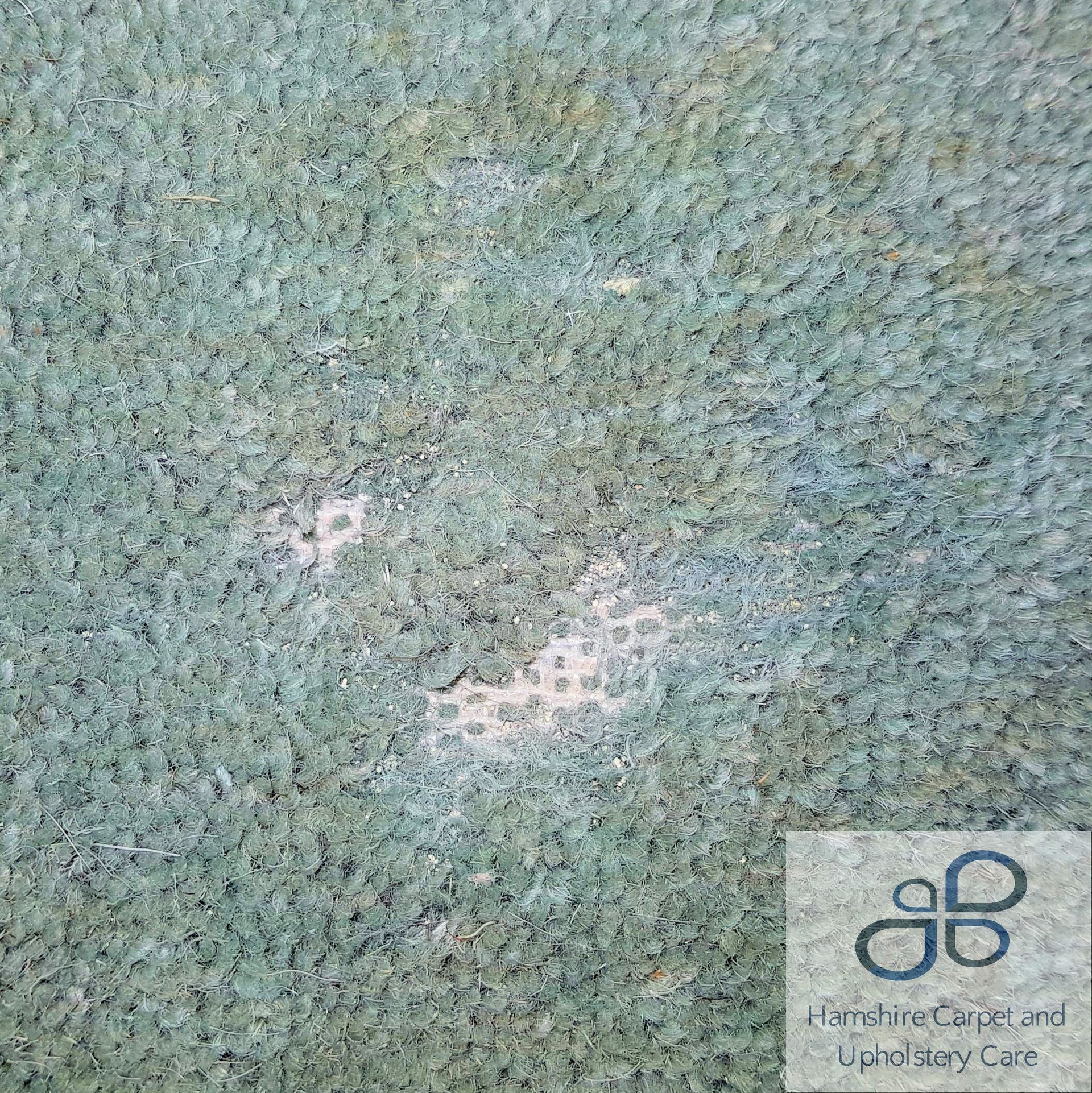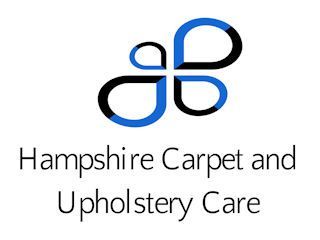Carpet Moth Treatment & Protection – Hampshire
Hello, We're Richard and Michelle, When You Book with Us — It's Always Us Who Do the Work in your home or commercial setting bringing with us over 20 years of experience
We understand the delicate nature of wool carpets, the treatments that are genuinely safe, and the methods required to protect your investment. Our approach avoids harsh products that can weaken natural fibres, ensuring your wool retains its strength, structure and long-term beauty.
We are members of the Buy With Confidence scheme, meaning we are approved by Trading Standards and Advanced Members of the NCCA
For Feedback See: Trading Standards and NCCA (National Carpet Cleaners Association)
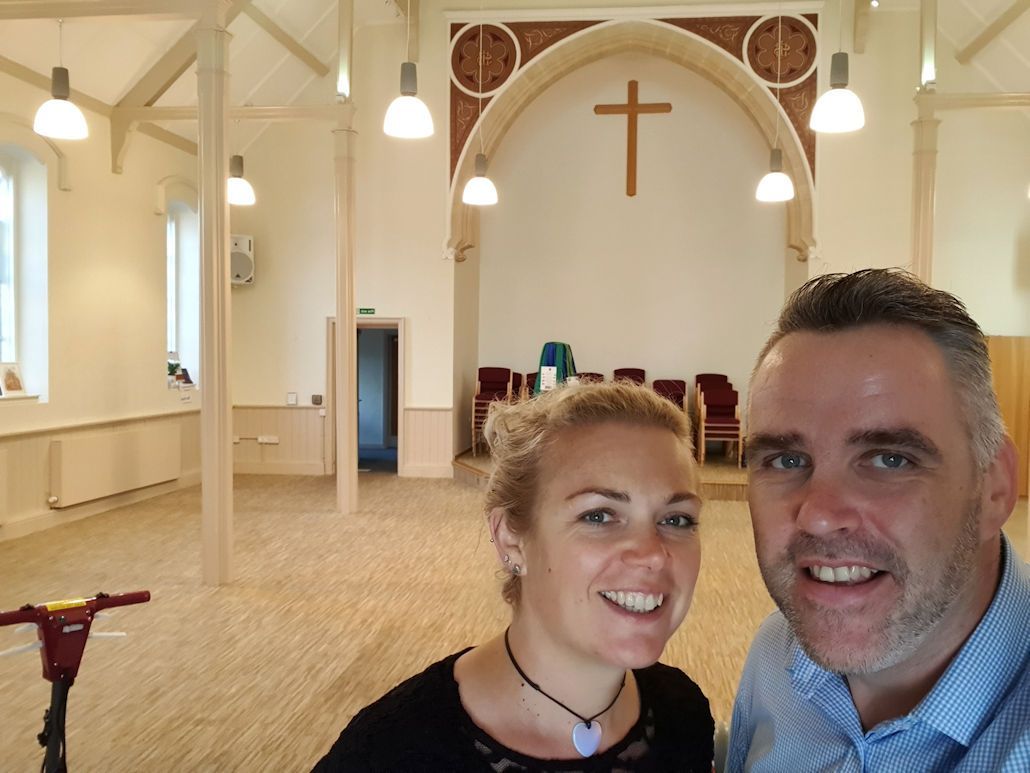
Professional Identification, Eradication and Long-Term Prevention
Carpet moths can cause extensive and costly damage to carpets, rugs and soft furnishings, particularly those containing wool or other natural fibres. At Hampshire Carpet and Upholstery Care, we provide specialist carpet moth treatment and protection services across Hampshire, including Southampton, Winchester, Portsmouth, Fareham, Eastleigh, Romsey, Petersfield, Alton, Basingstoke and the New Forest.
With industry-leading training, professional products and years of experience, we deliver safe, effective solutions to eliminate moth activity and protect your home for the long term.
Understanding Carpet Moths and the Damage They Cause
Carpet moth larvae feed on keratin, which is found in wool, silk, cashmere, and even hair and pet dander trapped within carpet fibres. Damage typically appears in the following ways:
- Irregular bare patches or threadbare areas
- Fraying or thinning in hidden zones such as under furniture
- Fine, grainy debris (frass) along skirting boards or carpet edges
- Small silken cases or webbing in undisturbed areas
- Sightings of small beige moths close to the floor
Infestations often remain hidden until significant damage has occurred, making early treatment essential.
Our Three-Stage Carpet Moth Treatment Process
1. Professional Inspection and Identification
We begin with a detailed survey of your carpets, rugs and surrounding areas. This allows us to identify the type of moth present, assess the severity of the infestation and locate all affected zones, including areas often missed by general pest services.
2. Deep Cleaning and Residual Insecticide Treatment
Our treatment process includes:
- Advanced hot water extraction cleaning to remove eggs, larvae and embedded contaminants
- Application of a professional-grade residual insecticide that penetrates deep into the pile
- Odourless and non-staining formulations that are safe for children and pets once dry
- Ongoing protection as the treatment continues to work for several weeks after application
This two-phase approach ensures immediate control and long-lasting effectiveness.
3. Long-Term Moth Protection and Prevention
After treatment, we can apply a specialist moth-proofing protector to create a long-lasting barrier against future infestations. When maintained correctly, this can offer protection for up to two years.
For added peace of mind, we include a two-year re-treatment guarantee should moth activity return within the covered period.
Why Choose Us for Carpet Moth Treatment in Hampshire?
- Advanced Members of the National Carpet Cleaners Association
- Trading Standards “Buy With Confidence” approved
- Specialist knowledge of wool and natural fibre carpets
- Safe processes suitable for family homes and allergy sufferers
- Local, family-run business with an excellent reputation
- Clear, honest advice and long-term protection options
We work in homes, rental properties, commercial spaces and heritage buildings throughout Hampshire.
Areas We Cover
Southampton • Winchester • Portsmouth • Fareham • Gosport • Havant • Eastleigh • Romsey • Lymington • Ringwood • Petersfield • Alton • Andover • Basingstoke • New Forest • Surrounding villages and rural areas across Hampshire.
